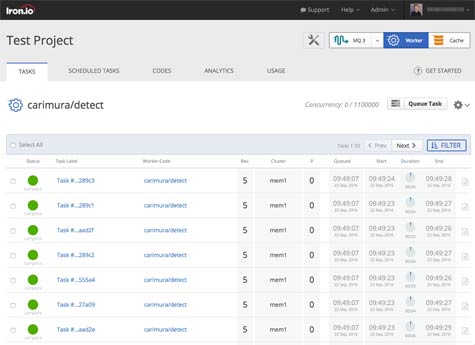As interest in all things relating to microservices has increased, the number of options available for building and managing IT environments based on microservices has expanded to include two fundamental approaches. The first relies primarily on containers such as Docker that are simple to configure and deploy. The second relies more on “serverless computing” platforms such as Lambda from Amazon Web Services (AWS).
Today, Iron.io announced it has developed a namesake serverless computing framework that can be deployed on any cloud. It is compatible with cloud platforms such as OpenStack, Cloud Foundry, Kubernetes, OpenShift and Mesosphere, and Iron.io CEO Chad Arimura says serverless computing makes use of a function programming model that eliminates the need for developers to think about how new IT infrastructure resources will become available as their applications scale.
Based on a Project Kratos initiative launched by Iron.io earlier this year, the Iron.io framework provides the job processing software needed to automatically invoke the RPCs that make IT infrastructure dynamically available to an application.
By employing remote procedure calls (RPCs), a serverless computing model is efficient because only the exact amount of IT infrastructure resources needed to drive an application are brought online as required. While RPCs are in themselves not a new idea, using them within the context of a programmatic approach to microservices makes it possible to transparently scale applications up and down as needed. As such, Arimura says serverless computing frameworks will soon be used to drive both synchronous and asynchronous application workloads.
“In sum, what this is is a classic example of something old becoming new again in the cloud,” says Arimura.
It remains to be seen just how many and what types of workloads lend themselves best to a serverless computing framework. But there is no doubt that serverless computing will emerge as one of the most efficient ways to consume IT infrastructure. As such, IT organizations should start gaining experience with serverless computing frameworks; the number of applications invoking microservices that they will need to support on a finite amount of IT infrastructure is about to exponentially explode.




